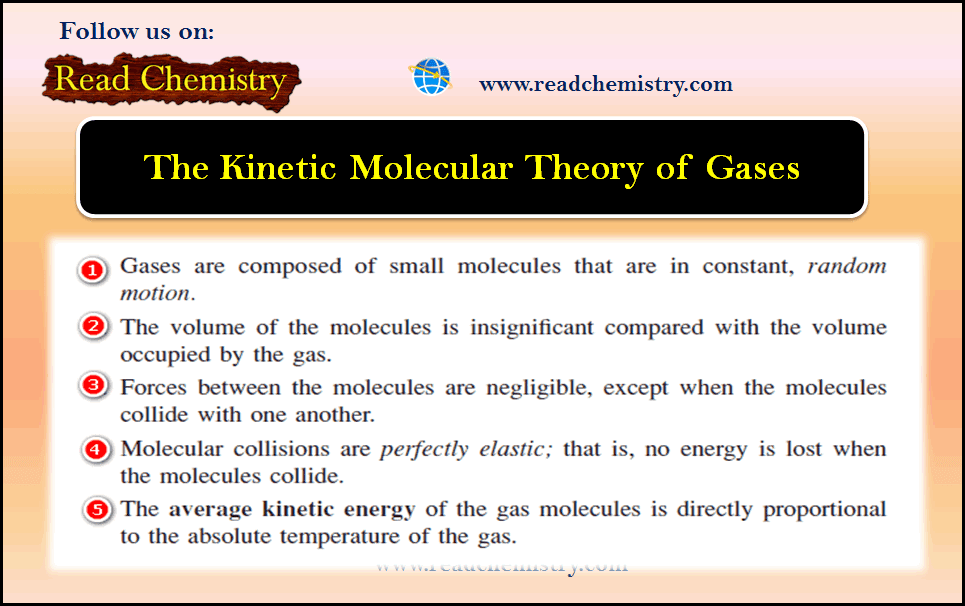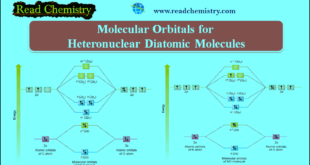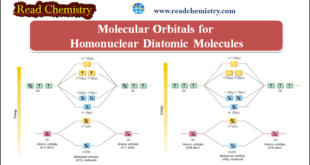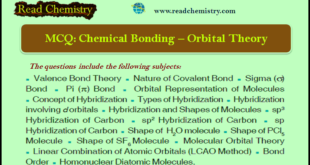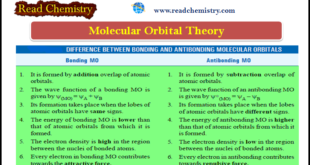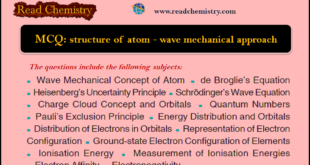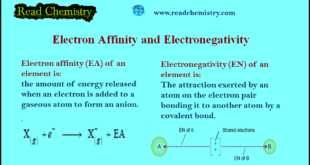– In this subject, we will discuss the Kinetic Molecular Theory of Gases.
Introduction to The Kinetic Molecular Theory
– The gas laws help us to predict the behavior of gases, but they do not explain what happens at the molecular level to cause the changes we observe in the macroscopic world.
– For example, why does a gas expand on heating?
– In the nineteenth century, a number of physicists, notably Ludwig Boltzmann and James Clerk Maxwell, found that the physical properties of gases can be explained in terms of the motion of individual molecules.
– This molecular movement is a form of energy, which we define as the capacity to do work or to produce change.
– In mechanics, work is defined as force times distance.
– Because energy can be measured as work, we can write:
– The joule (J) is the SI unit of energy:
– Alternatively, energy can be expressed in kilojoules (kJ):
– There are many different kinds of energy.
– Kinetic energy (KE) is the type of energy expended by a moving object or energy of motion.
– The findings of Maxwell, Boltzmann, and others resulted in a number of generalizations about gas behavior that have since been known as the kinetic molecular theory of gases, or simply the kinetic theory of gases.
Assumptions of The Kinetic Molecular Theory of Gases
– Central to the kinetic theory are the following assumptions:
Assumption (1) of The Kinetic Molecular Theory
– A gas is composed of molecules that are separated from each other by distances far greater than their own dimensions.
– The molecules can be considered to be “points”; that is, they possess mass but have negligible volume.
Assumption (2) of The Kinetic Molecular Theory
– Gas molecules are in constant motion in random directions, and they frequently collide with one another.
– Collisions among molecules are perfectly elastic.
– In other words, energy can be transferred from one molecule to another as a result of a collision.
– Nevertheless, the total energy of all the molecules in a system remains the same.
Assumption (3)
– Gas molecules exert neither attractive nor repulsive forces on one another.
Assumption (4)
– The average kinetic energy of the molecules is proportional to the temperature of the gas in kelvins.
– Any two gases at the same temperature will have the same average kinetic energy.
– The average kinetic energy of a molecule is given by:
– where m is the mass of the molecule and u is its speed.
– The horizontal bar denotes an average value.
– The quantity ū2 is called mean square speed; it is the average of the square of the speeds of all the molecules:
– where N is the number of molecules.
– Assumption 4 enables us to write:
where C is the proportionality constant and T is the absolute temperature.
Assumption (5)
– Gas pressure is the result of collisions between molecules and the walls of their container.
– It depends on the frequency of collision per unit area and on how “hard” the molecules strike the wall.
Assumption (6)
– The theory also provides a molecular interpretation of temperature.
– According to Equation:
– The absolute temperature of a gas is a measure of the average kinetic energy of the molecules.
– In other words, the absolute temperature is an indication of the random motion of the molecules the higher the temperature, the more energetic the molecules.
– Because it is related to the temperature of the gas sample, random molecular motion is sometimes referred to as thermal motion.
The Kinetic Molecular Theory and the Gas Laws
– Although the kinetic theory of gases is based on a rather simple model, the mathematical details involved are very complex.
– However, on a qualitative basis, it is possible to use the theory to account for the general properties of substances in the gaseous state.
– The following examples illustrate the range of its utility.
(1) Compressibility of Gases
– Because molecules in the gas phase are separated by large distances (assumption 1), gases can be compressed easily to occupy less volume.
(2) Boyle’s Law
– The pressure exerted by a gas results from the impact of its molecules on the walls of the container.
– The collision rate, or the number of molecular collisions with the walls per second, is proportional to the number density (that is, the number of molecules per unit volume) of the gas.
– Decreasing the volume of a given amount of gas increases its number density and hence its collision rate.
– For this reason, the pressure of a gas is inversely proportional to the volume it occupies; as volume decreases, pressure increases, and vice versa.
(3) Charles’s Law
– Because the average kinetic energy of gas molecules is proportional to the sample’s absolute temperature (assumption 4), raising the temperature increases the average kinetic energy.
– Consequently, molecules will collide with the walls of the container more frequently and with greater impact if the gas is heated, and thus the pressure increases.
– The volume of gas will expand until the gas pressure is balanced by the constant external pressure.
(4) Avogadro’s Law
– We have shown that the pressure of a gas is directly proportional to both the density and the temperature of the gas.
– Because the mass of the gas is directly proportional to the number of moles (n) of the gas, we can represent density by n/V.
– Therefore:
– For two gases, 1 and 2, we write:
– where C is the proportionality constant.
– Thus, for two gases under the same conditions of pressure, volume, and temperature (that is, when P1 = P2, T1 = T2, and V1 = V2 ), it follows that n1 = n2, which is a mathematical expression of Avogadro’s law.
(5) Dalton’s Law of Partial Pressures
– If molecules do not attract or repel one another (assumption 3), then the pressure exerted by one type of molecule is unaffected by the presence of another gas.
– Consequently, the total pressure is given by the sum of individual gas pressures.
Reference: Chemistry / Raymond Chang, Williams College /(10th edition).
 Read Chemistry
Read Chemistry
